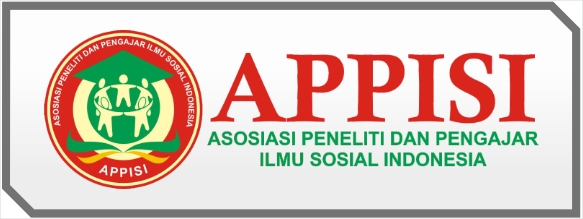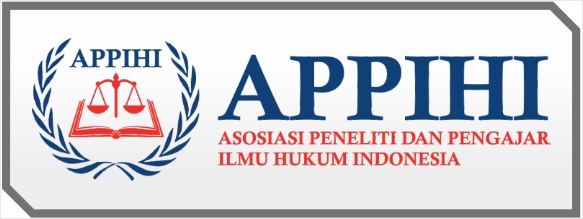Analisis Partisipasi Masyarakat Dalam Penyusunan Undang-Undang No. 27 Tahun 2022 Tentang Perlindungan Data Pribadi
DOI:
https://doi.org/10.59581/jrp-widyakarya.v2i3.3346Keywords:
Citizen Participation, RUU PDP, Policy DevelopmentAbstract
Personal information is certain personal information that is kept confidential, stored and actually held and protected, therefore personal data protection is one of the human rights included in privacy protection. This research aims to find out, describe and analyze Public Participation in the discussion of the drafting of the Personal Data Protection Bill. The research method used is descriptive qualitative. Indonesia now has a Personal Data Protection Law which is expected to be implemented in accordance with the applicable articles and make people feel safe with the PDP Law. This research refers to Sherry Arnstein's theory (1969) with indicators of Information, Consultation, and Palacation. The results based on Sherry Arnstein's (1969) indicators state that participation is formed in the second ladder, namely in the second stage, tokenism, participation that is formed is information that is carried out in two directions because it has provided information related to the PDP Bill by conducting FGD, hearings, digital literacy, and counseling, Then the consultation carried out by means of Public Hearings is considered that Commission I has accommodated some of the input from stakeholders and victims whose data is scattered from the input that Commission I translates into the language of the Law, and the placation carried out at the beginning of the meeting, however, the placation is considered imperfect because of the closed meeting until the PDP Bill is passed, so the public cannot find out whether the final result of input from the community is accommodated or not. Suggestions from this research are that it is necessary to open participation as much as possible to all levels of society and accommodate all input from the community.
References
Adisasmita, R. (2006). Membangun desa partisipatif. Yogyakarta: Penerbit Graha Ilmu.
Anggitafani, R. F. (2021). Perlindungan hukum data pribadi peminjam pinjaman online perspektif POJK No. 1/POJK.07/2013 tentang perlindungan konsumen sektor keuangan dan aspek kemaslahatan.
Departemen Pendidikan Nasional. (2001). Kamus besar bahasa Indonesia (Edisi 3). Jakarta: P.T Balai Pustaka.
Djafar, W., & Komarudin, A. (2014). Perlindungan hak atas privasi di internet: Beberapa penjelasan kunci. Elsam, Jakarta.
Muluk, M. R. (2007). Menggugat partisipasi publik dalam pemerintahan daerah. Malang: Bayumedia Publishing.
Nurhidayati, S. K. (2021). Pengaturan perlindungan data pribadi dalam penggunaan aplikasi PeduliLindungi. Jurnal Sekretari dan Manajemen, 5(1).
Oakley, P., et al. (1991). Project with people: The practice of participation in rural development. Ganevallo.
Pridata, M. (1990). Perencanaan pendidikan partisipasi dengan mendekatkan sistem. Jakarta.
Sastropoetro, R. S. (1988). Partisipasi, komunikasi, persuasi dan disiplin dalam pembangunan nasional. Bandung.
Downloads
Published
How to Cite
Issue
Section
License
Copyright (c) 2024 Jurnal Relasi Publik

This work is licensed under a Creative Commons Attribution-ShareAlike 4.0 International License.













